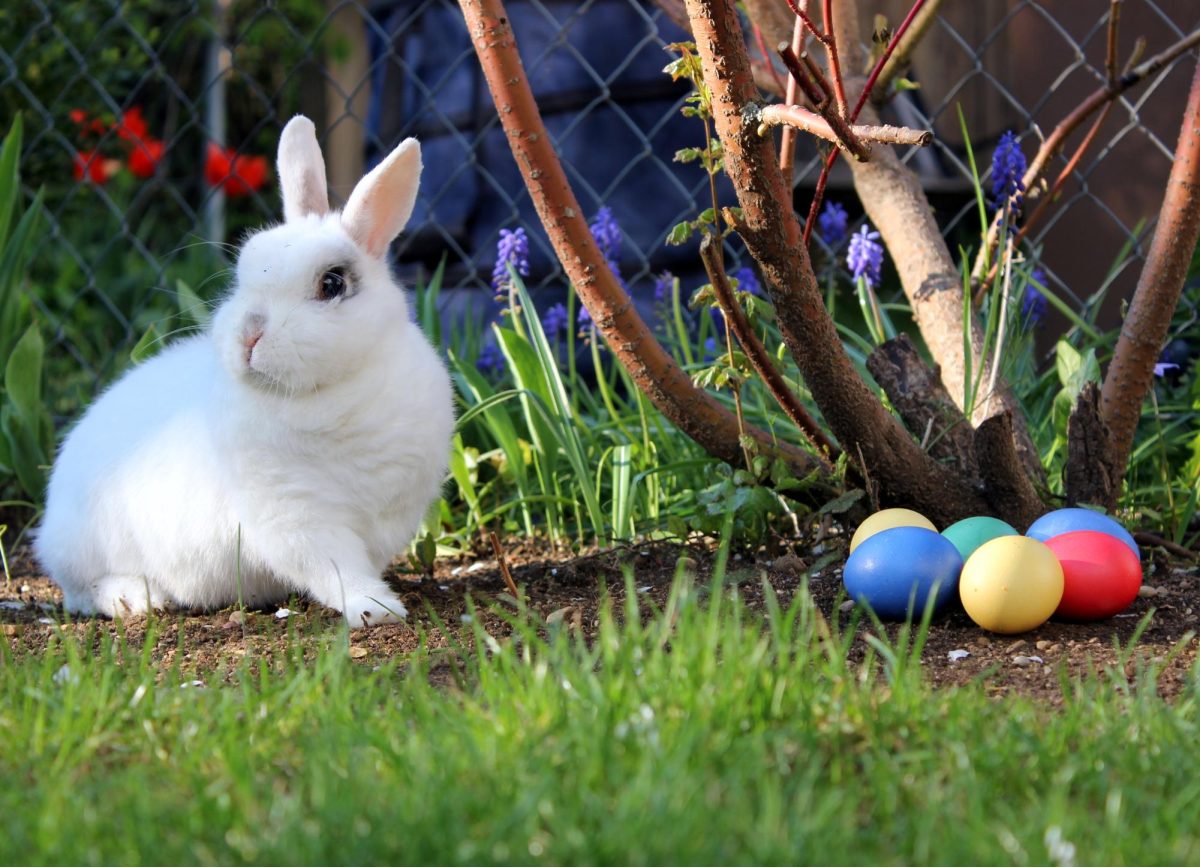Easter is a holiday celebrated in many parts of the world, traditionally marking the arrival of spring and embracing themes of renewal and rebirth.
While commonly associated with cultural and religious practices, Easter has evolved into a celebration enjoyed by many, featuring a mix of activities from egg hunting to festive meals.
To appreciate Easter fully, one must dive into its backstory, particularly its religious significance.
Easter originates within Christianity, where it commemorates the resurrection of Jesus Christ. According to Christian tradition, Jesus was crucified on Good Friday and rose from the dead three days later, an event that symbolizes victory over sin and death.
The date of Easter is not fixed and varies each year; it is celebrated on the first Sunday after the first full moon following the equinox, leading to it being celebrated between March 22 and April 25, with this year’s being celebrated on April 20.
Even today, Easter’s history remains prominent. For example, a 2022 survey indicates that nearly 70% of Christians in the United States celebrate Easter, reinforcing its position as one of the most widely celebrated religious festivals.
This statistic shows the global significance of Easter, where approximately 2.3 billion Christians participate in various celebrations.
As the holiday has evolved, it has expanded beyond its religious roots, leading to diverse customs and traditions celebrated in different regions around the world.
Easter has transformed into a family-oriented holiday with many fun traditions. Each year in the United States, 91 million chocolate bunnies are sold for Easter celebrations, alongside 180 million eggs produced as of 2023.
One beloved tradition is the Easter egg hunt, which creates family bonding and community spirit. These modern traditions illustrate how Easter has adapted to include fun and meaningful ways to celebrate together.
In addition to being culturally significant, Easter greatly impacts shopping and spending. Easter is among the largest spending holidays in the United States, with total spending expected to top $22.4 billion in 2024.
On average, people spend around $177, focusing on gifts, clothing, and food. This practice of spending on experiences highlights the holiday’s focus on family connections and celebrations.
Candy is a huge part of Easter fun as well. Alongside the 91 million chocolate bunnies, 16 billion jelly beans are consumed each year. This candy craze adds to the festive atmosphere as families enjoy sweet treats together.
In addition to sweets, many people travel for Easter, with about 9% of Americans planning trips during the holiday weekend in 2022. Community events like egg hunts and parades bring people together and enhance the spirit of the season.
Sustainability has become more important in how people celebrate Easter today. Many families are choosing organic or dye-free eggs, eco-friendly decorations, and locally sourced food to mark the occasion.
This shift reflects a growing awareness of environmental issues and shows how traditions can change to align with modern values.
Easter is also a time for giving back to the community. Many churches and organizations hold special services during the holiday, providing opportunities for both spiritual reflection and social interaction.
Additionally, many communities organize food drives and donation events to support those in need during the season. This spirit of generosity allows people from various backgrounds to celebrate spring, togetherness, and renewal.
Easter continues to be a lively holiday that blends history with modern joy. It offers many ways, from spiritual reflections to fun family gatherings.
Everything surrounding Easter shows that the holiday can mean different things to different people while embodying renewal and rebirth, celebrated in diverse forms around the world.













